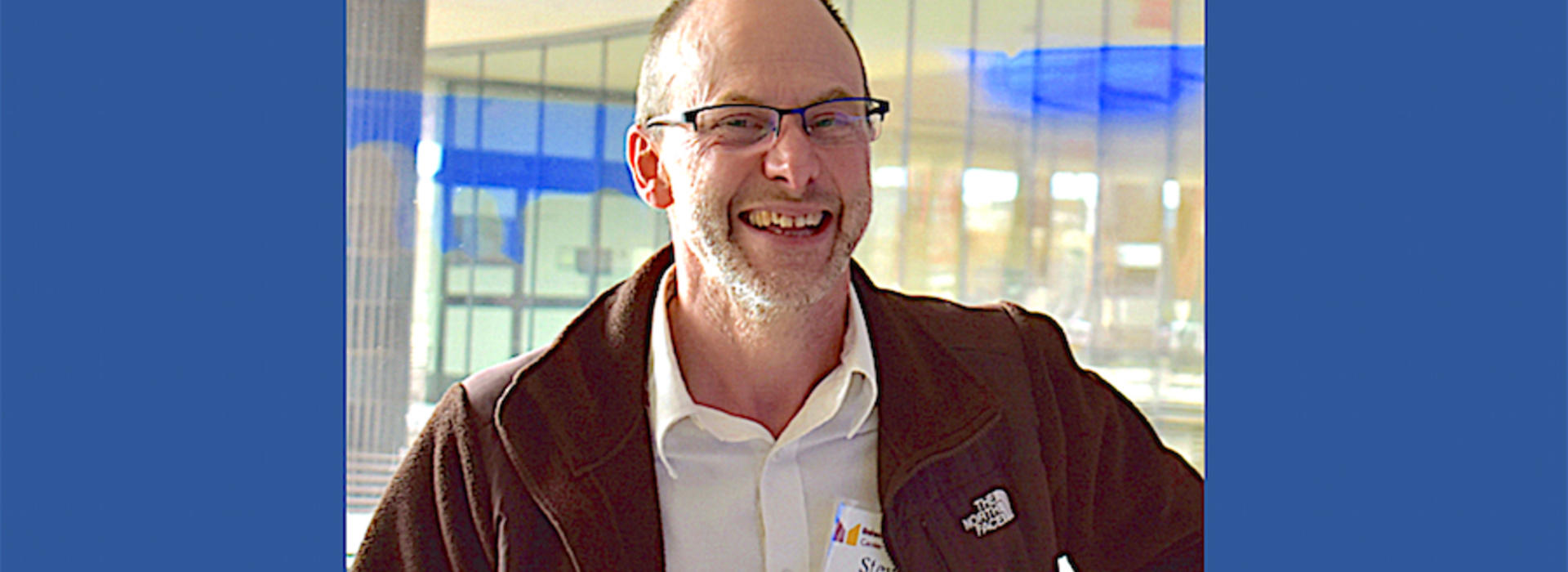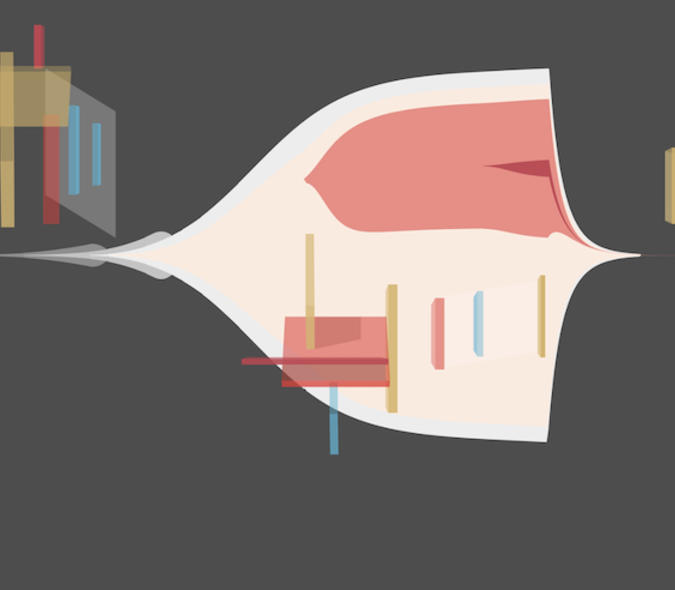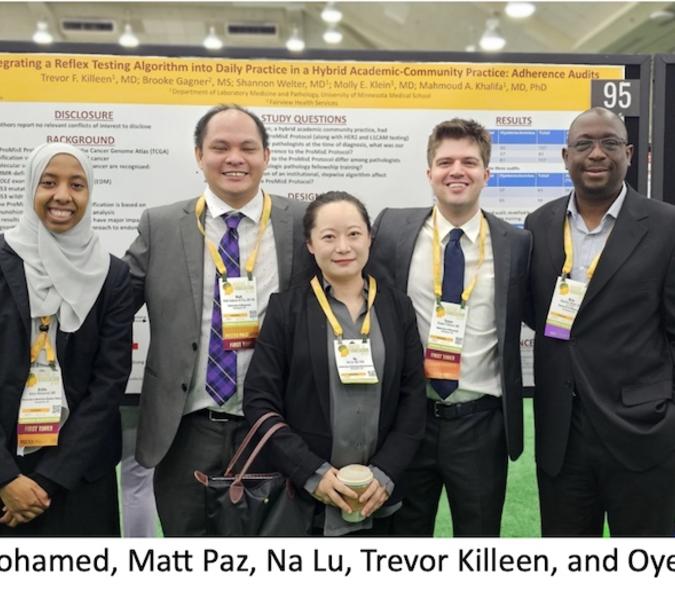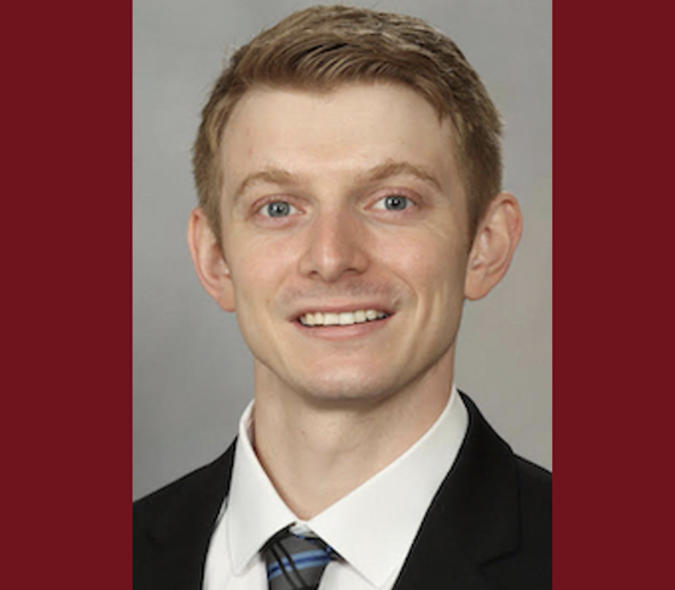
Jameson’s research team delves into T-cell response in COVID-19
Not for a century has the human immune system encountered a virus with the destructive global sweep of SARS-CoV-2, the novel coronavirus. The human adaptive immune system, our B and T lymphocytes that circulate in our blood and lymphatic systems, will do its duty and adapt if and when safe and effective vaccines become available. Successful vaccines stimulate B cells to produce antibodies that block or inhibit viral entry into host cells or destroy viruses once they enter. But for a robust and lasting immune response to occur, and for many antiviral therapies, T cells are center stage.
LMP professor Steve Jameson has been studying T cells for a long time. A member of the Center for Immunology, Jameson holds the Chairman's Fund Professorship in Experimental Pathology, is a member of the University’s Academy of Excellence in Health Research, and earned the Cancer Research Institute’s Frederick W. Alt award for new discoveries in immunology. He is on the editorial board of the scientific journal Immunity and was elected to the 13-member Council of the American Association of Immunologists in 2019 for a seven-year term.
The cells most important for mounting a T-cell immune response to COVID-19, the disease caused by SARS-CoV-2 infection, are CD4+ T-helper cells and CD8+ T-killer cells. Both types possess “immunological memory” that enables them to swing into action upon re-encountering foreign antigens from previous infections or vaccination.
Jameson tracks and analyzes the localized and systemic behavior of CD4+ T-helper cells and CD8+ T-killer cells in inflammation, which is triggered not only by infectious diseases like COVID-19 but also by autoimmune diseases, allergies, and other conditions. T-cells stimulate the production of cytokines, signaling proteins secreted by cells that mediate tissue inflammation. Cytokine overproduction or “cytokine storm” can be deadly. Controlling the inflammatory response in COVID-19 patients is turning out to be as important as targeting the coronavirus itself because rampant inflammation can cause patients to “drown” in their own lung fluids.
The novel coronavirus is likely to be with us for a long time, perhaps becoming endemic like seasonal influenza, making basic research in immunology and T-cell function a pressing endeavor. LMP professor Kris Hogquist, associate professor Mike Koob and assistant professor Sara Hamilton Hart have joined Jameson in just such an endeavor. Innovative models of COVID-19 are key. In one set of studies, a novel transgenic mouse strain carrying the human ACE2 receptor that SARS-CoV-2 uses to infect cells is under development in the Koob lab, supported by new NIH funding to Jameson, Hogquist, Koob and Tyler Bold, an assistant professor in the Department of Medicine. The novel mouse strain will allow the Bold group to infect the mice with SARS-CoV-2 and analyze viral growth and pathogenesis. The Jameson and Hogquist team will assess the immune response and pathology prompted by SARS-CoV-2.
In separate work, Jameson and his colleagues are investigating the role played by senescent cells – normal cells that stop dividing – in the immune response to coronaviruses in mice. In that work, models developed by Hamilton Hart with professors Paul Robbins and Laura Niedernhofer and assistant professor Christina Camell in Biochemistry, Molecular Biology and Biophysics will be deployed to investigate why aging and metabolic diseases (including type 2 diabetes, and obesity) are associated with higher risk for coronavirus infection, severe disease, and mortality.
Only hypertension puts older COVID-19 patients at greater risk than metabolic disease like type 2 diabetes and obesity. Nearly half of patients hospitalized with COVID-19 in the U.S. are aged 65 or older and both cellular senescence and risk of inflammation increase with age.
“Senescent immune cells – cells that can’t divide anymore and have other problems – accumulate in the tissues of animals with metabolic disease associated with aging,” Jameson said. “The preliminary data we have using models in which mice get infected with coronavirus is that aged mice are much more likely to die within a couple of weeks after exposure to the same environment that doesn’t kill younger mice.”
Indeed, studies have shown that it is possible to prolong life in some aged mice with chronic metabolic disease by treating them to accelerate clearance of nonfunctional or dysfunctional senescent cells, Jameson said. He and his team hypothesize that accelerated senescent immune cell removal will decrease inflammation, enhance tissue repair capacity, and slow the decline of physical function in mice and potentially in patients. “We’ll be trying to understand how senescent cells have a dominant inhibitory effect on the immune system,” Jameson said. “We’ll also be trying to understand how the immune response changes in these mice.”
Immunologists have found that aging of the immune system, or “immunosenescence,” contributes to chronic tissue inflammation and has an important effect on metabolic disease and immune system disorders. Immunosenescence is often accompanied by the accumulation of memory CD8+ T cells and other cell types that not only no longer divide but tend to secrete more inflammatory cytokines than healthy, young cells. Among the questions this raises for Jameson and his colleagues is whether, and under what circumstances, cellular senescence can lead to an inflammatory cytokine storm in COVID-19 mouse models and, by extension, in patients.
“Right now the focus is on vaccines and antibodies, and that is totally understandable,” Jameson said. “But there can be situations in which an antibody response to a vaccine can be more hazardous than no response at all, as in what’s called ‘antibody-dependent enhancement.’ What drives that? What particular kind of T-cell response might predispose toward that or away from that.” Senescent T cells could be a factor in “tipping the balance” from a healthy, robust T-cell response to a hazardous one.
Being able to predict what would “tip the balance” from optimal T-cell response following treatment or vaccine to potentially fatal T-cell-driven inflammatory overshoot would introduce COVID-19 to “precision medicine” in which genes, cellular biomarkers, and systems immunology all figure in patient care. Jameson and his research team are well positioned to help make that introduction a reality.



